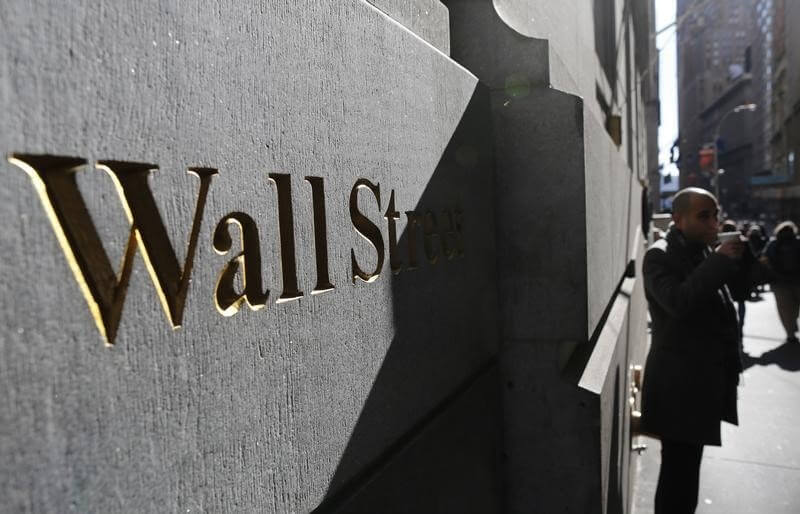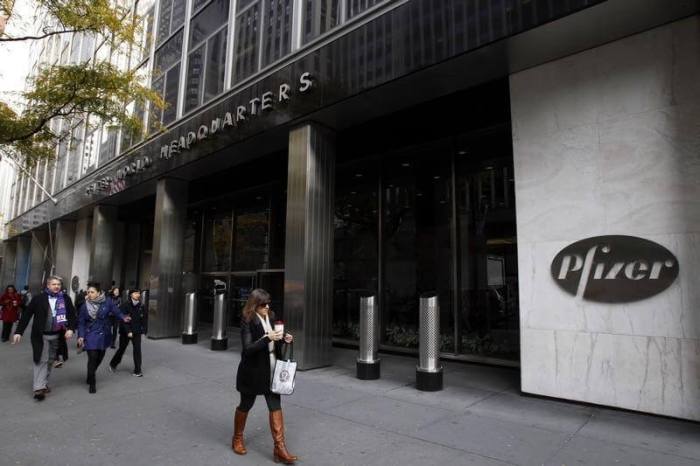By David Randall
NEW YORK (Reuters) – Signs that stocks in the benchmark Standard and Poor’s 500 index are still moving in unison will make 2015 a particularly challenging year for hedge funds and mutual fund managers, according to a Goldman Sachs research note. Record-low dispersion, a measure of how often stocks in the index rise or fall in lockstep, has narrowed the potential gains from picking individual shares over the market as a whole, David Kostin, chief U.S. equity strategist at Goldman Sachs, said in the report on Sunday. Should that trend continue, 2015 would be the eighth straight year when active managers do less well than comparable passive and exchange-traded funds. That long losing streak has prompted investors to move more than $444 billion to index funds since this bull market began in 2009, while pulling more than $421 billion out of funds run by stockpickers, according to Lipper data. So far this year, active stock funds have lost $15.2 billion in outflows, while passive funds have gained $85.4 billion.
Slightly more than 50 percent of active large-cap funds tracked by Lipper have beaten the S&P 500’s year-to-date gain of 1.7 percent.
To increase those odds, Kostin said, fund managers should focus on companies that have a history of trading independently of the direction of the overall market.
Regenron Pharmaceuticals Inc, Amazon.com Inc, Priceline Group Inc and eBay Inc are among the stocks that Goldman Sachs analysts believe are worth 9 percent or more than their current share price and have a history of moving apart from the broad market, the report said. Those companies Kostin expects are most likely to track the market include PepsiCo Inc, Chevron Corp and Procter & Gamble Co.
(Reporting by David Randall; Editing by Lisa Von Ahn)
Another bad year for stockpickers? Goldman Sachs thinks so

By David Randall
























